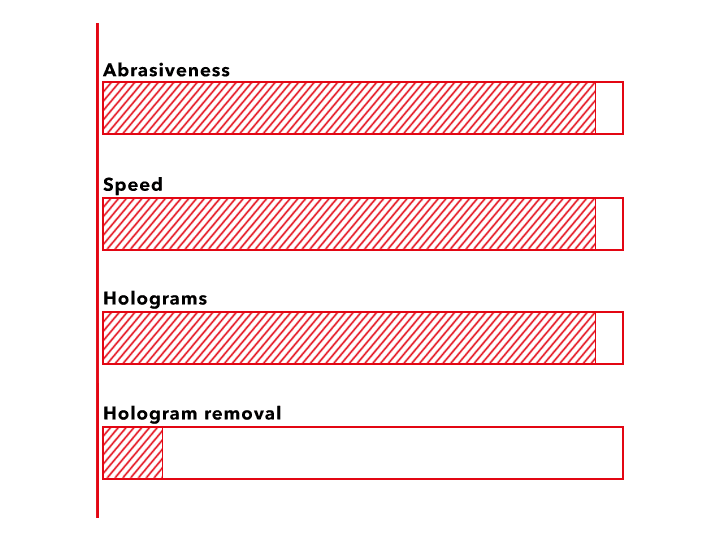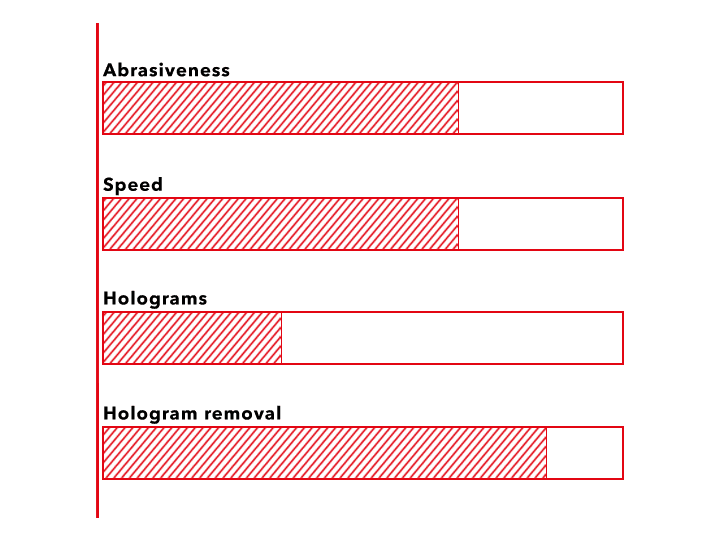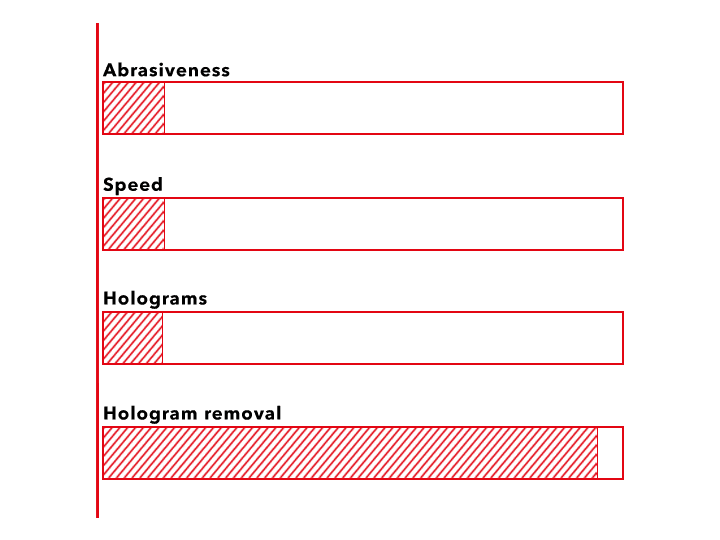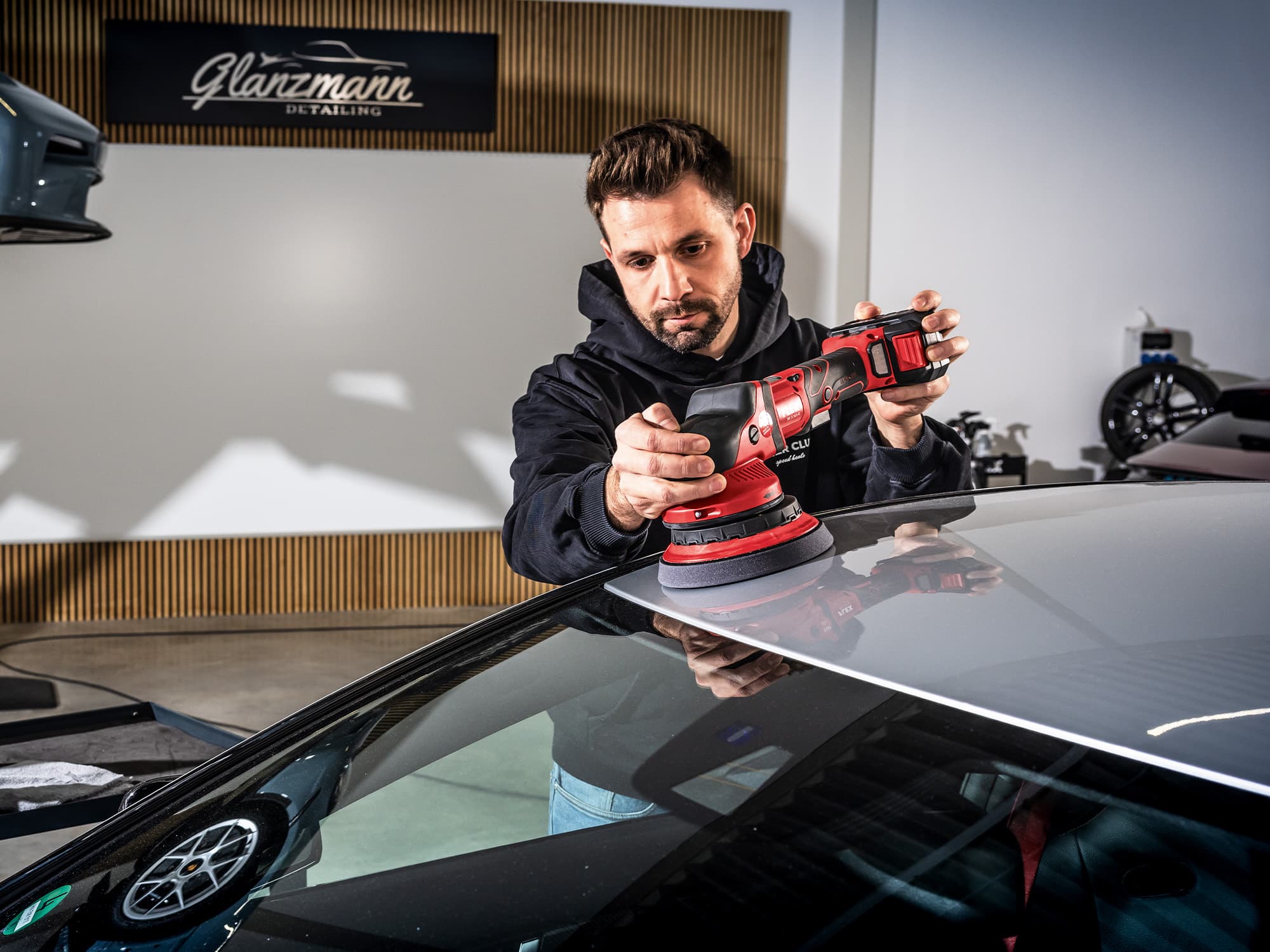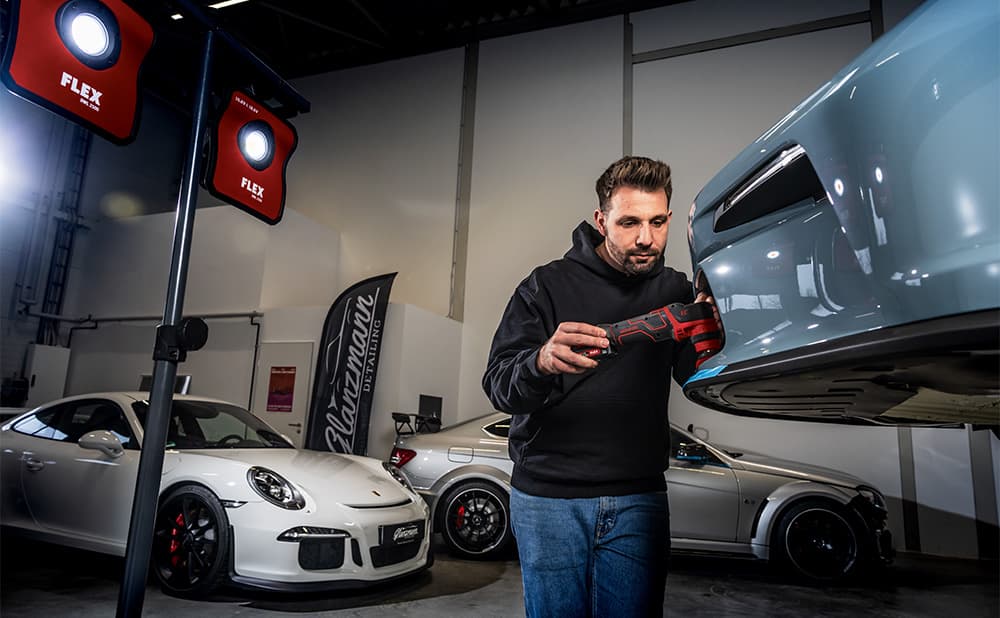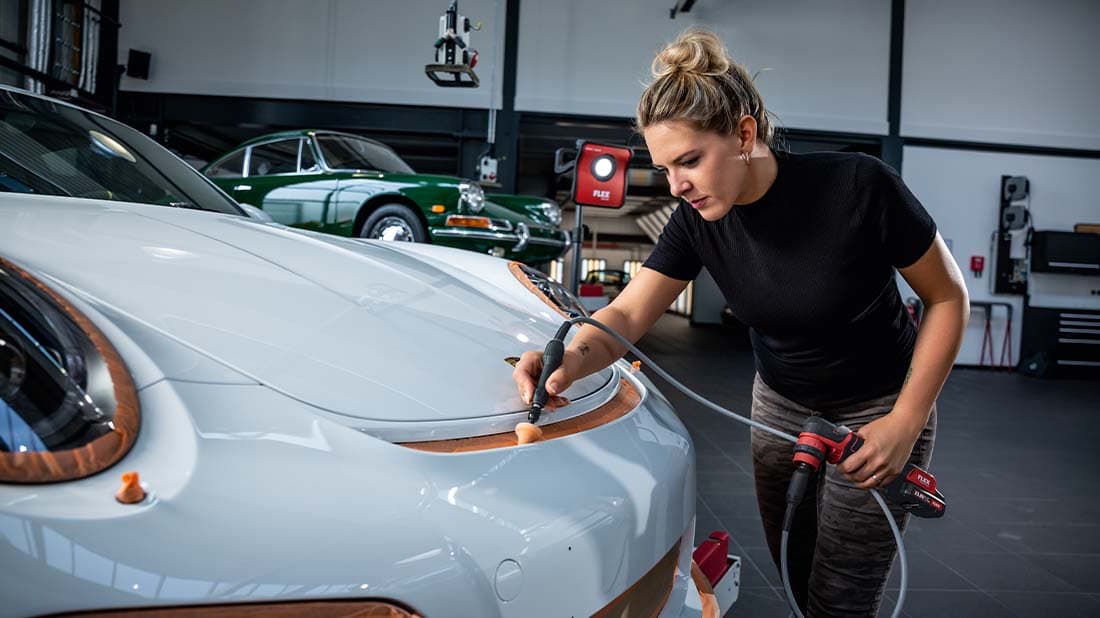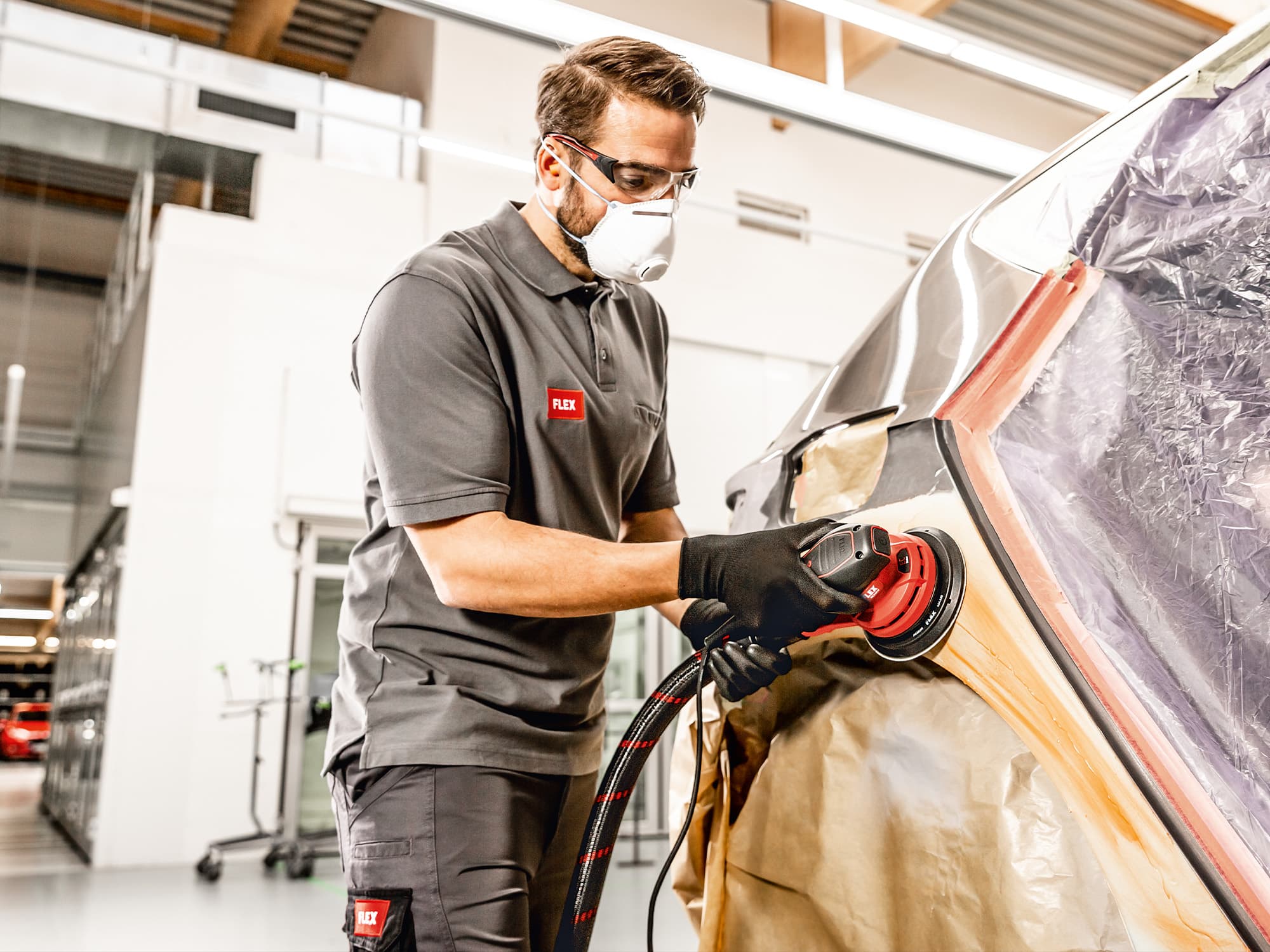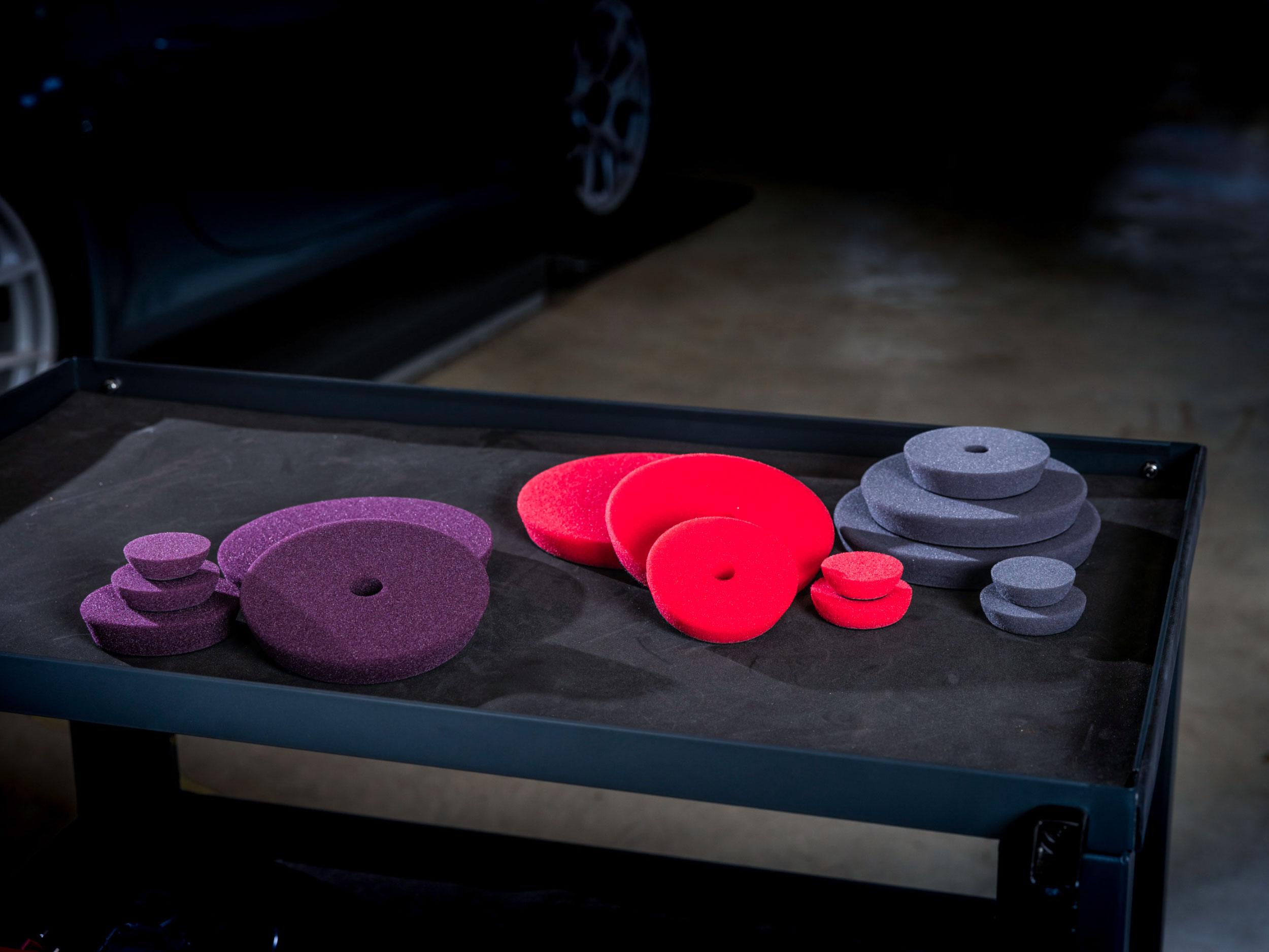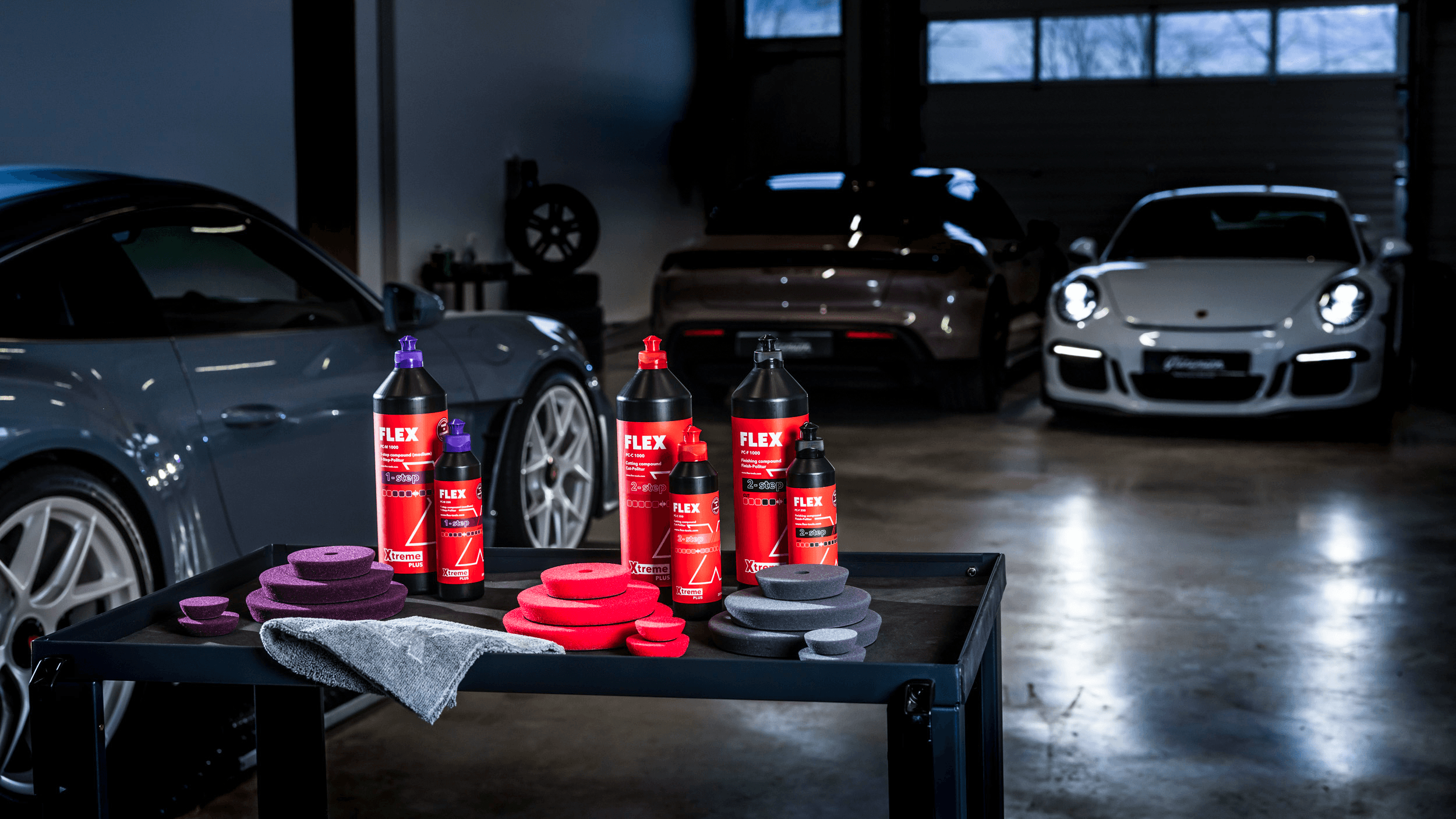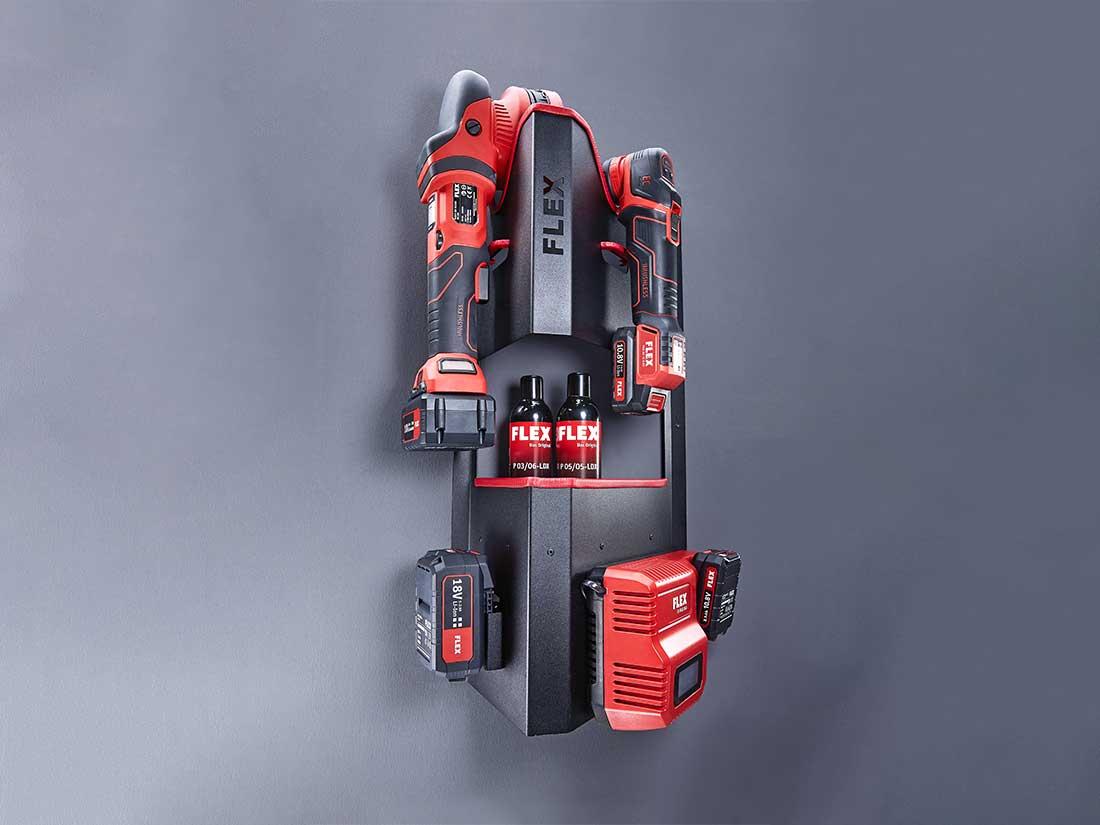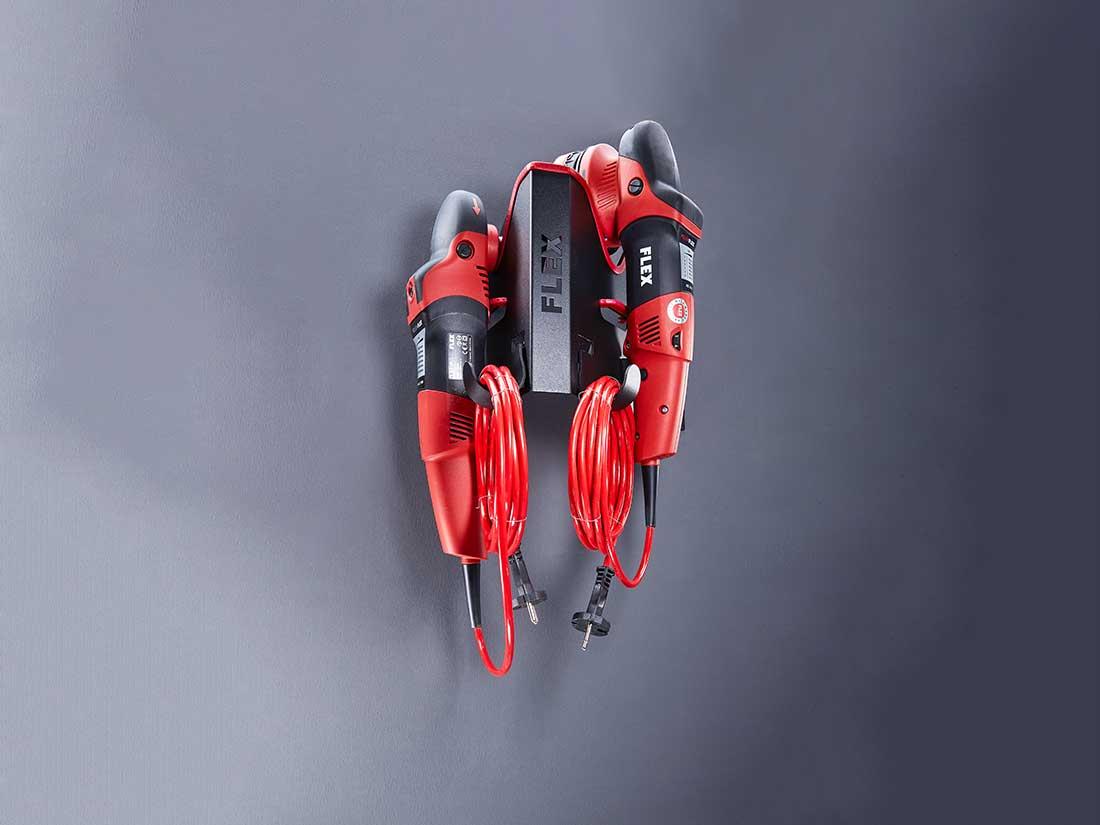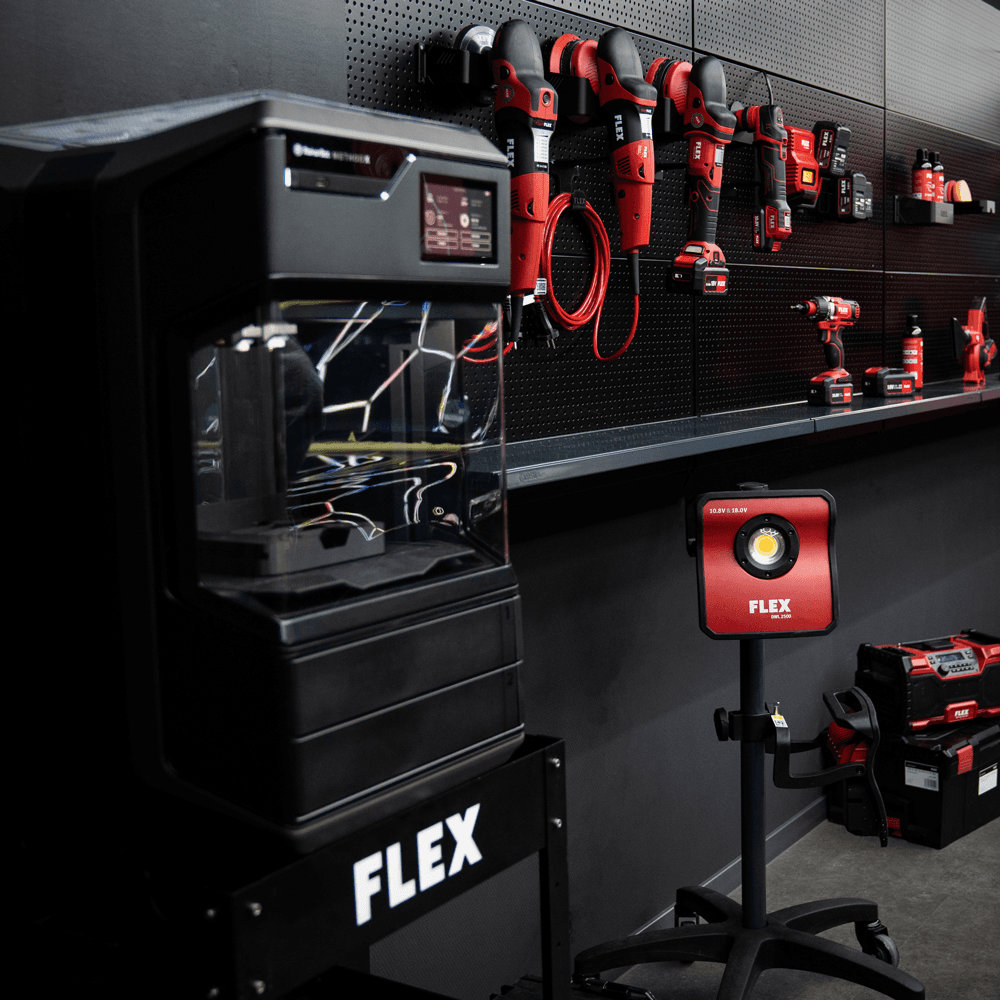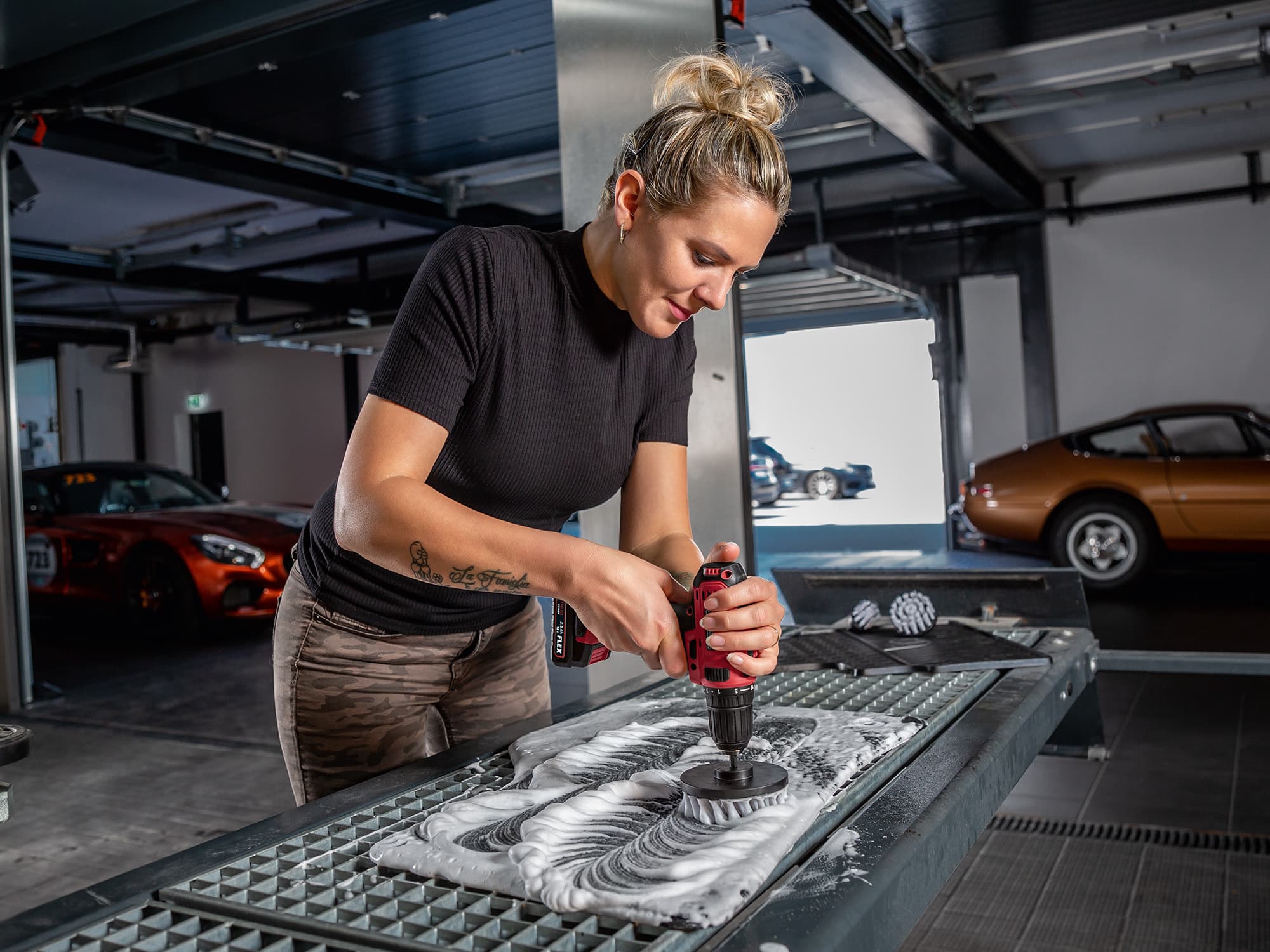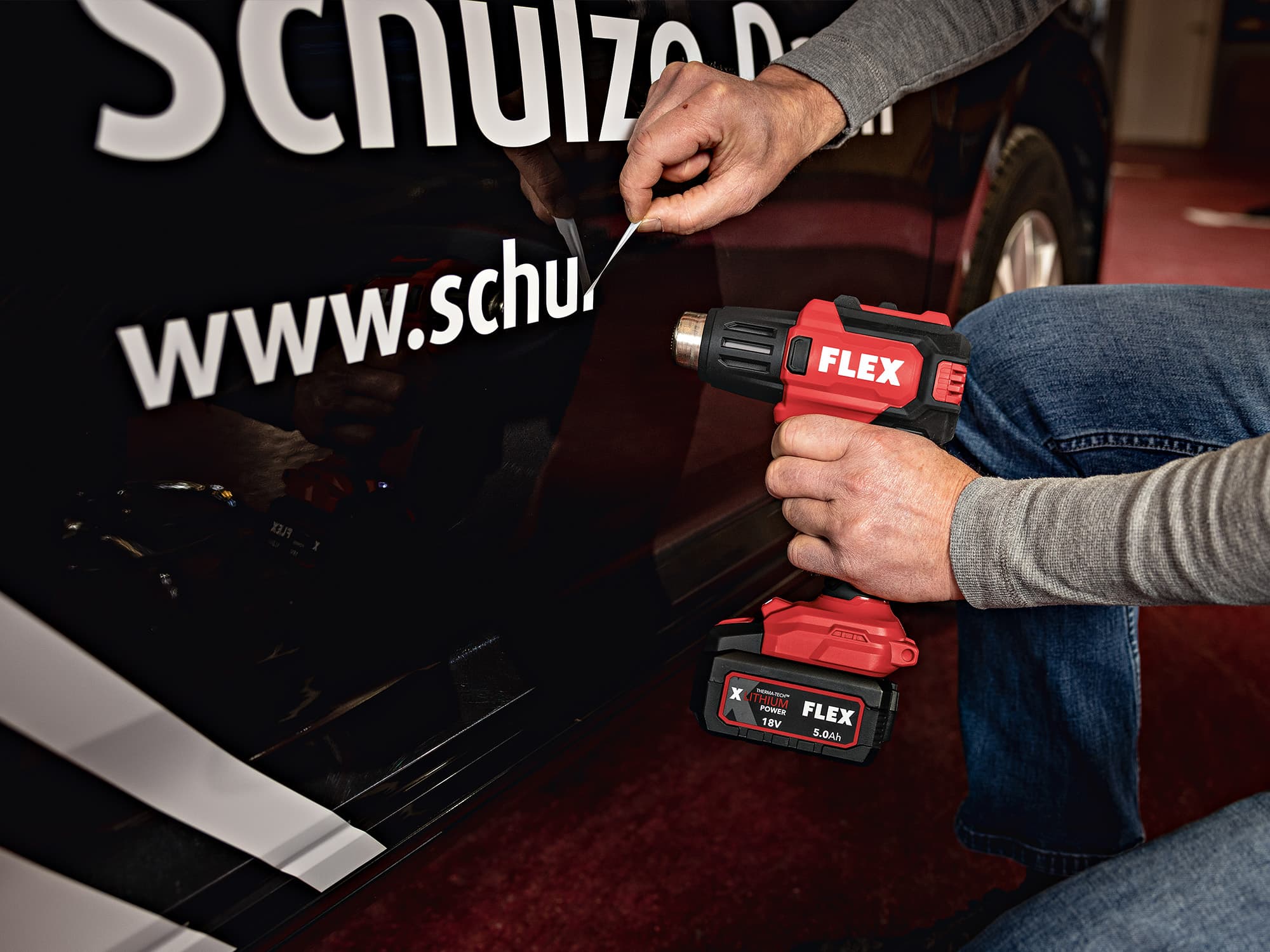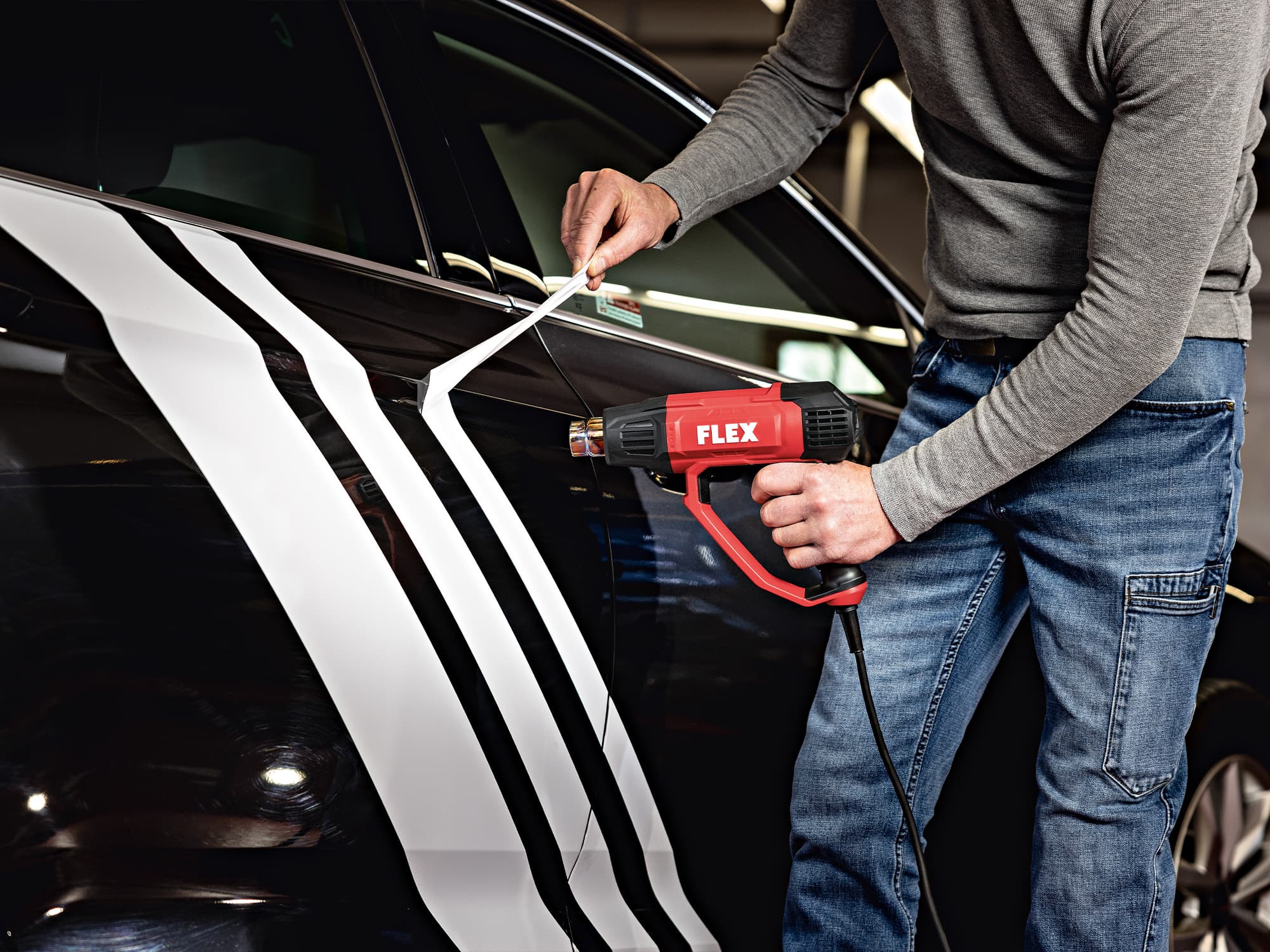FAQ
When should you polish a car and what does it achieve?
If the paintwork is scratched or damaged by things such as stone chips, dirt or bird droppings, it makes sense to polish the car as this damage attacks the upper layer of paint and makes the vehicle look unclean. Marks from the car wash and other damage also make the paint look unsightly and are reasons to use a professional car polish or to polish the car yourself. Using a polishing machine to polish your car removes scratches from the car's paintwork and applies a high gloss to the surface. A good car polish makes the car look like new from the outside.
Who benefits from a car polish?
A good car polish is a worthwhile investment for car lovers in particular. Scratches in the paintwork are especially annoying on a particularly high-quality vehicle, and a good polish makes sense. For an older vehicle or a classic car, car polishing and car care can make a big difference in its appearance.
In principle however, car polishing is worthwhile for any vehicle because besides the new sheen, the paintwork is then better protected against environmental effects and is easier to clean.
Can the interior also be improved?
After a while, it's not just polishing the paintwork that makes sense when it comes to a car's appearance. Taking care of the vehicle's interior can also make a difference. For example, damage to the dashboard varnish can be removed with a polish, or damage to the upholstery in the car can be repaired. So a good car improvement should always include the interior of the car.
What's the right way to polish?
Car polishing involves removing the top coat of paint on the car and exposing a new coat. Before you start polishing a car, it must first needs to be prepared by washing it. You can do this either by hand or in a car wash. To polish the car, you then need a polishing pad or sponge or polishing wool, besides the correct polishing agent or polish, plus a microfibre cloth. This allows optimum paint preparation and polishing to a high gloss. A polishing machine is also used with a professional car polish. This obtains the desired result more quickly, but there is a risk of damage.
First of all, three pea-sized dots of polish should be applied to the pad, and the surface sprayed with water. This allows you to distribute the polish more evenly over the paintwork. You can then start polishing the car. The polish must first be carefully spread on the sheet metal with the polishing machine on a low to medium setting. The machine is guided over the surface and the paintwork in circular movements. Care must be taken to ensure that the polishing sponge is sufficiently supplied with polish so that the paint is sufficiently cooled. It is also important to keep the polisher moving and to apply only light, even pressure to the car paintwork. Finally, the paintwork must be repolished with a special attachment. The subsequent finish is also part of professional car preparation. This effectively seals the paint to protect the car from the weather, insects and UV radiation.
Which pad and which polish should I use?
The right polish should be used to optimally prepare the car paintwork. Weaker polishes are more suitable for beginners, as these reduce the risk of holograms. Depending on the condition of the paintwork, you can start with a coarser polish and then finish polishing using a finer polish. The right sanding pads are also required. The harder the sponge, the greater the abrasive effect.
When should clear varnish be sanded on the car?
Sanding the car's clear varnish is always a good idea when a coarse polish is not sufficient to remove damage or scratches. For smaller scratches, it is usually sufficient to sand the affected area and then polish it. If the damage affects the primer or even the metal of the car body, the entire paintwork should be sanded down. If the vehicle is to be repainted, the paint must also be sanded to ensure adhesion.
What needs to be considered for a smart repair/spot repair?
In the case of a "smart repair", it is important to ensure that the damaged area is no larger than 3cm. The total repair area should not be larger than an A4 sheet of paper.
Sand the damaged area down to the substrate.
Smooth the damaged area with putty
Sand the putty area flat
Prime
Apply the base coat
Apply clear varnish
Paint the transition
Polish
What is the difference between the sanding strokes?
It is very important that the correct sanding stroke is used for the removal rate required. The removal rate of a 5 mm sanding stroke is approximately twice that of a 3 mm sanding stroke. The 3 mm sanding stroke is therefore particularly suitable if the clear coat is not to be sanded down to the primer, or if fine sanding is to be done. The high removal rate of the 5 mm sanding stroke makes it very good for sanding down to the substrate.

